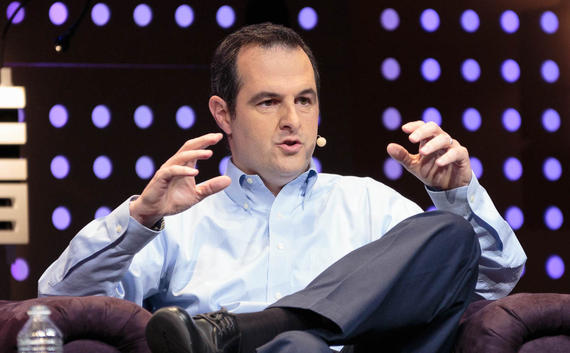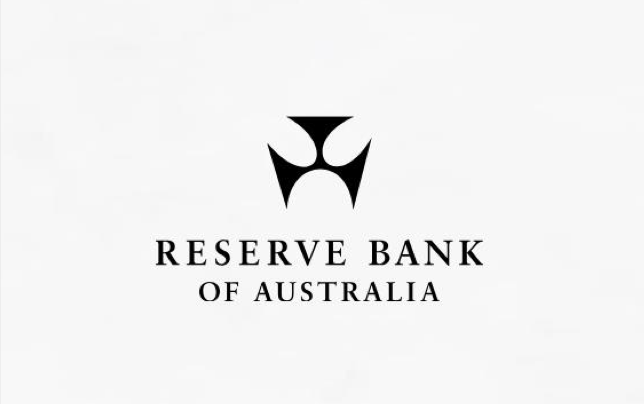
Lending Club and Marketplace Lending – One Year On from Renaud Laplanche’s Ouster
By Peter Renton for Lending Academy
We take a look back at lessons learned on the one year anniversary of the ouster of Renaud Laplanche at Lending Club.
It came as a complete shock to everyone. When I woke up on May 9th last year I could not believe the news I was reading. Renaud Laplanche had been forced to resign from Lending Club, a company that he had founded and where he was the public face.
Back then everyone wondered about the impact this would have on the industry. No one knew what was going to happen but we all expected both Lending Club and the whole industry was going to be in for a rough time. This came at a time when the industry was already experiencing a downturn. Just the week before Prosper had announced layoffs and many other platforms were also struggling to attract investors.
Five Lessons from the Past Year
Today, I thought it would be useful to take a step back and reflect on what we have learned in the past year.
- The industry is bigger than one person
While it is true that Renaud Laplanche was an imposing figure in the marketplace lending industry with Lending Club the dominant player, the industry did not fall apart because of his departure. While it made headlines around the world and many industry players saw their struggles increase it did not trigger an industry collapse as many at the time predicted. In fact, we have seen only a handful of small platforms go out of business in the past year and several platforms have continued to grow.
- Investors still need yield and borrowers still like installment loans
The main premise for the rise of marketplace lending is still very much in play today. It is no secret that the growth of the industry over the past five years has been driven by institutional investors seeking yield. While some of the fickle hedge funds moved on to other asset classes in the past year most of the different investor sub-segments have maintained or increased their investments. Lending Club shared in their quarterly earnings report last week that not only are the banks back investing in loans but they are doing so at record levels.
On the borrower side there has been no slowdown in demand. The reality is that consumers like installment loans whether it is for debt consolidation, home improvement, medical procedures or a major purchase. The fact that banks had largely exited this business is what provided the big opportunity for marketplace lending in the first place. The only impact on the borrower side has been an increase in interest rates back to more sustainable levels. Interest rates had clearly come down too far at several platforms and the moves made in the past year have corrected that.
- Banks and marketplace lenders are important partners
The big question one year ago was what would the banks do? We know that most banks exited Lending Club right after May 9 but this turned out to be a short term phenomenon. In Lending Club’s Q4 earnings call CEO Scott Sanborn said that every major bank was back on their platform less than eight months since the problems occurred. The speed of the rebound of the banks at Lending Club has been a surprise to me and is a testament to all the work they have done around compliance, which brings me to our next point.
- Compliance can be a selling tool
The renewed focus on compliance has been one of the positives to come out of the industry challenges. While I think most platforms would have said they had good compliance a year ago the reality is that there was room for improvement. The sense I had is that compliance was viewed as a necessary burden and not something that could be a sales tool. That changed a year ago and now an investment in compliance has been viewed as essential. When competing for investor dollars a rock solid compliance team can be a difference maker in securing a large investor.
- Finance is just as (perhaps more) important as technology when it comes to fintech
The narrative of marketplace lending has often been about the cost savings and customer experience improvements that can be made through advanced technology. I have seen many presentations that talked about how the legacy technology of banks are causing such inefficiencies and that fintech companies can solve this with better technology. All that may well be true but the bottom line we have learned is that in the lending business we should be focused on finance first. If you get that wrong the greatest technology in the world will not matter.
At LendIt USA 2017 in March I noticed a change in sentiment. Whereas at the event in 2015 there was an irrational exuberance and in 2016 there was a much more somber mood (and that was before Renaud’s ouster at Lending Club), the 2017 event was more upbeat. There was a sense that the industry had gone through a crisis and had come out the other side stronger. I noticed a new maturity in many of my conversations.
Now, one of the consequences of the decision made by Lending Club’s board to remove Renaud is that they now have another well-funded competitor on their hands. Renaud’s new company, Upgrade, recently launched and it is a promising new entrant in the marketplace lending space.
I don’t think any marketplace lending platform is glad that we had to go through the challenges of the past year. But I have been encouraged by how most companies have responded. It is not easy to raise equity any more, it is not easy to attract large investors, but solid businesses are continuing to do well. And that bodes well for the future of the industry.




